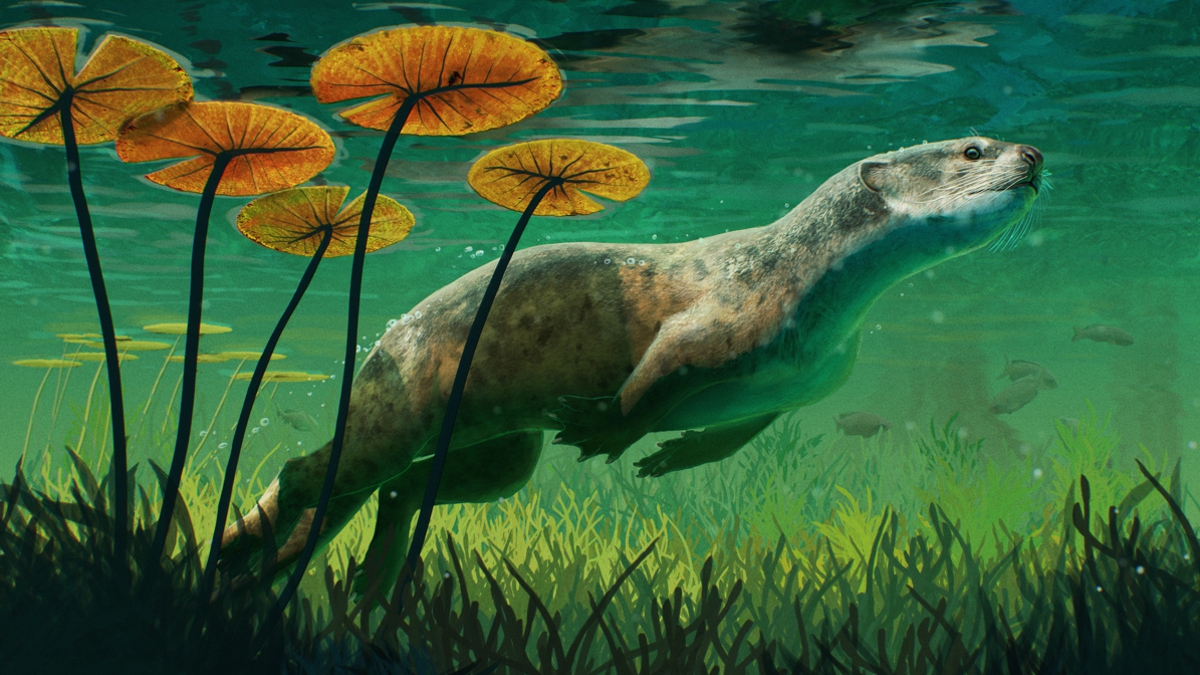Media release
From:
Ancient seal relative likely used its whiskers to find food
An ancient relative of modern seals — known as Potamotherium valletoni — that had an otter-like appearance and lived over 23 million years ago likely used its whiskers to forage for food and explore underwater environments, according to a new study in Communications Biology. The findings provide further insight into how ancient seals transitioned from life on land to life underwater.
Although modern seals live in marine environments and use their whiskers to locate food by sensing vibrations in the water, ancient seal relatives mostly lived on land or in freshwater environments. Some species used their forelimbs to explore their surroundings. Prior to this study, it was unclear when seals and their relatives began using their whiskers to forage.
Alexandra van der Geer and colleagues investigated the evolution of whisker-foraging behaviours in seals by comparing the brain structures of Potamotherium with those of six extinct and 31 living meat-eating mammals, including mustelids, bears, and seal relatives. Brain structures were inferred from casts taken from the inside of skulls. The authors compared the size and structure of a brain region known as the coronal gyrus, which previous research has suggested is involved in processing signals from whiskers. They found that Potamotherium had a larger coronal gyrus than ancient and living land-based mammals that use their forelimbs to forage (such as the Asian small-clawed otter), but a similar sized coronal gyrus to other ancient seal relatives and semiaquatic mammals, such as the Eurasian otter, that use their whiskers to explore their surroundings. This indicates that Potamotherium may have used its whiskers when foraging, potentially in combination with its forelimbs.
The findings suggest that whisker-based foraging was already present in ancient seal relatives before they transitioned to a fully aquatic lifestyle. The authors propose that the use of whiskers may have helped them adapt to underwater foraging.



 International
International



